The Future of Diapering: Embracing Reusable Cloth Nappies
In an era where sustainability is not just a choice but a necessity, the shift towards reusable cloth nappies is gaining momentum. A recent Reusable Nappy Feasibility Study conducted by twelve Melbourne councils led by the City of Monash highlights this shift. The study reveals compelling insights into the use, perception, and benefits of reusable nappies, making them an essential discussion in modern parenting.
The Environmental and Economic Imperative
The environmental impact of disposable nappies is alarming. In Australia alone, approximately two billion nappies end up in landfills yearly, constituting about 4% of total landfill waste. Reusable cloth nappies emerge as a sustainable alternative, significantly reducing this environmental footprint. Additionally, while the upfront cost of cloth nappies might be higher, they prove more economical in the long run, particularly for families planning to have more children.
Perceptions and Practices Around Reusable Nappies
Interestingly, the study reveals that 18% of participants were already using reusable nappies, and 34% used a combination of reusable and disposable nappies. This indicates a growing acceptance and adaptability among modern parents. However, there exists a stark perception gap between users of disposable and reusable nappies, especially regarding convenience, ease of use, and absorbency. Addressing these misconceptions through targeted education and awareness is crucial.
Community Education: A Key to Change
The study emphasizes the role of community education in encouraging the shift towards reusable nappies. Educational workshops, rebate programs, and providing trial kits are effective ways to introduce new parents to reusable nappies. It's essential to engage expectant parents early, offering them the opportunity to explore and understand the benefits of cloth nappies before their baby arrives.
Overcoming Barriers
One significant barrier to the widespread adoption of reusable nappies is the inconvenience of using them outside the home, particularly in childcare settings. Therefore, initiatives to encourage childcare centers to accept and promote reusable nappies could be a game-changer. Additionally, creating better facilities for handling reusable nappies in public spaces could further ease this transition.
The Role of Rebate Programs
Rebate programs, where parents can receive a partial refund on their cloth nappy purchases, have shown promise in encouraging the trial and adoption of reusable nappies. However, their effectiveness in long-term behavior change remains uncertain. Such financial incentives, while attractive, should be part of a broader strategy that includes education and support.
Conclusion: A Sustainable Step Forward
The transition to reusable cloth nappies is not just an eco-friendly choice but a financially savvy one too. With proper education and support systems in place, the shift from disposables to reusable nappies can be smooth and beneficial for both families and the environment. As we move towards a more sustainable future, embracing reusable nappies is a small yet significant step in the right direction.


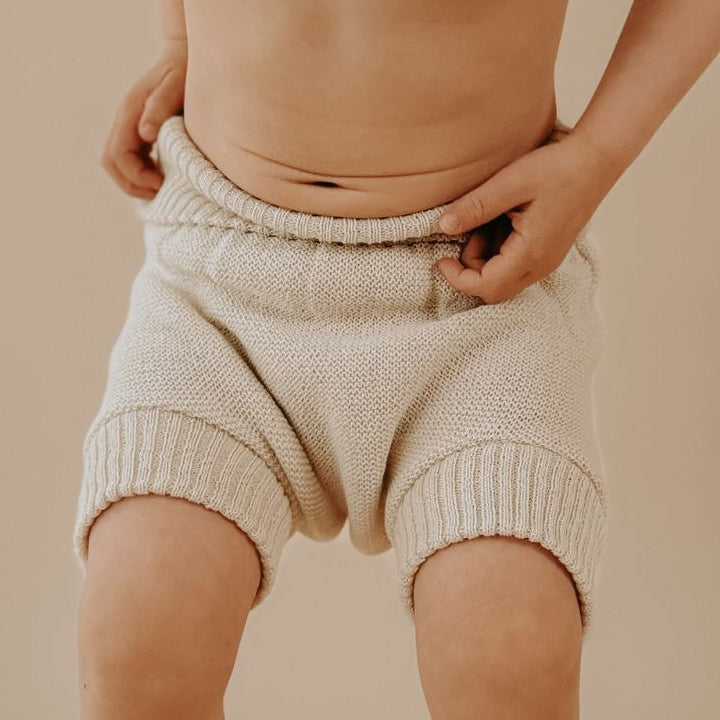
![Swim Nappy Bundle [Ship Oct 5 - 10] - Mimi & Co](http://mimiandco.com.au/cdn/shop/files/swim-nappy-bundle-ship-oct-5-10-5796576.jpg?v=1761125410)

![Tiny Transitions™ Training Undies [January Preorder] - Mimi & Co](http://mimiandco.com.au/cdn/shop/files/tiny-transitions-training-undies-january-preorder-9963304.jpg?v=1765939975&width=1200)
![Reusable Bamboo Mimi™ Wipes [5 Pack] - Mimi & Co](http://mimiandco.com.au/cdn/shop/files/reusable-bamboo-mimi-wipes-5-pack-7600782.jpg?v=1761445103)




![Reusable Mimi® Menstrual Underwear [Shipping 31/9] - Mimi & Co](http://mimiandco.com.au/cdn/shop/files/reusable-mimi-menstrual-underwear-shipping-319-6508918.png?v=1759809525)
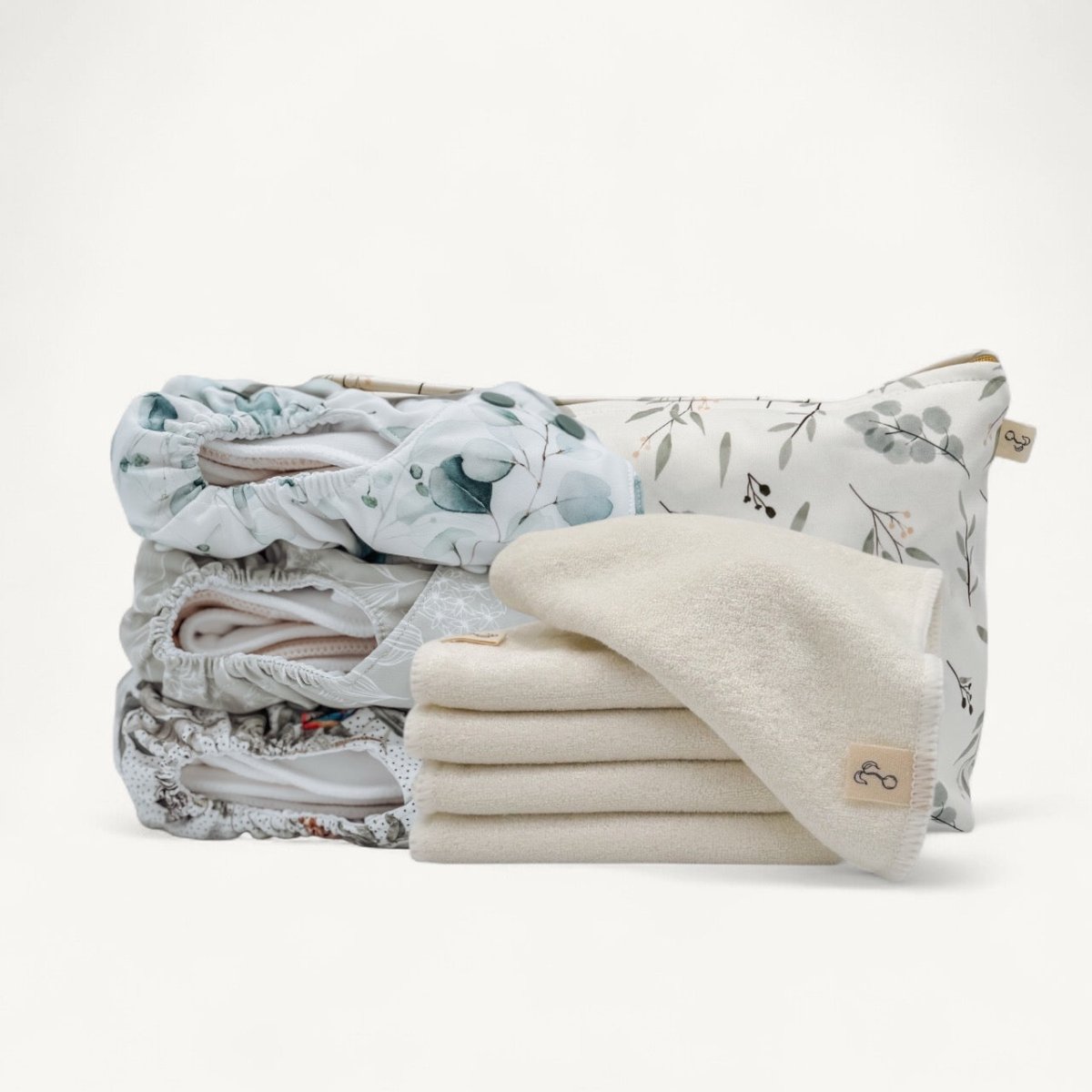




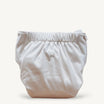
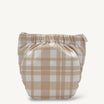
![One Size Fits Most Preflat [PreOrder] - Mimi & Co](http://mimiandco.com.au/cdn/shop/files/one-size-fits-most-preflat-preorder-761880.webp?v=1759809321&width=104)
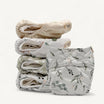
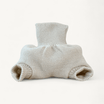
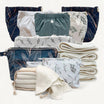
![Tiny Transitions™ Training Undies [January Preorder] - Mimi & Co](http://mimiandco.com.au/cdn/shop/files/tiny-transitions-training-undies-january-preorder-9963304.jpg?v=1765939975&width=104)
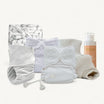



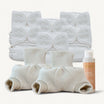
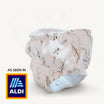
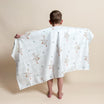
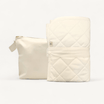
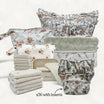
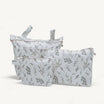
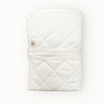
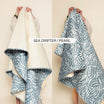

![Reusable Bamboo Wipes [5 Pack] - Mimi & Co](http://mimiandco.com.au/cdn/shop/files/reusable-bamboo-wipes-5-pack-580411.webp?v=1764820089&width=104)
![Organic Cotton Wipes [5 Pack] - Mimi & Co](http://mimiandco.com.au/cdn/shop/files/organic-cotton-wipes-5-pack-7079645.png?v=1759809401&width=104)
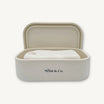
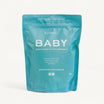
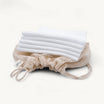
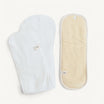
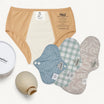
![Reusable Mimi® Menstrual Underwear [Shipping 31/9] - Mimi & Co](http://mimiandco.com.au/cdn/shop/files/reusable-mimi-menstrual-underwear-shipping-319-6508918.png?v=1759809525&width=104)
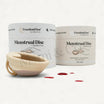
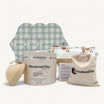
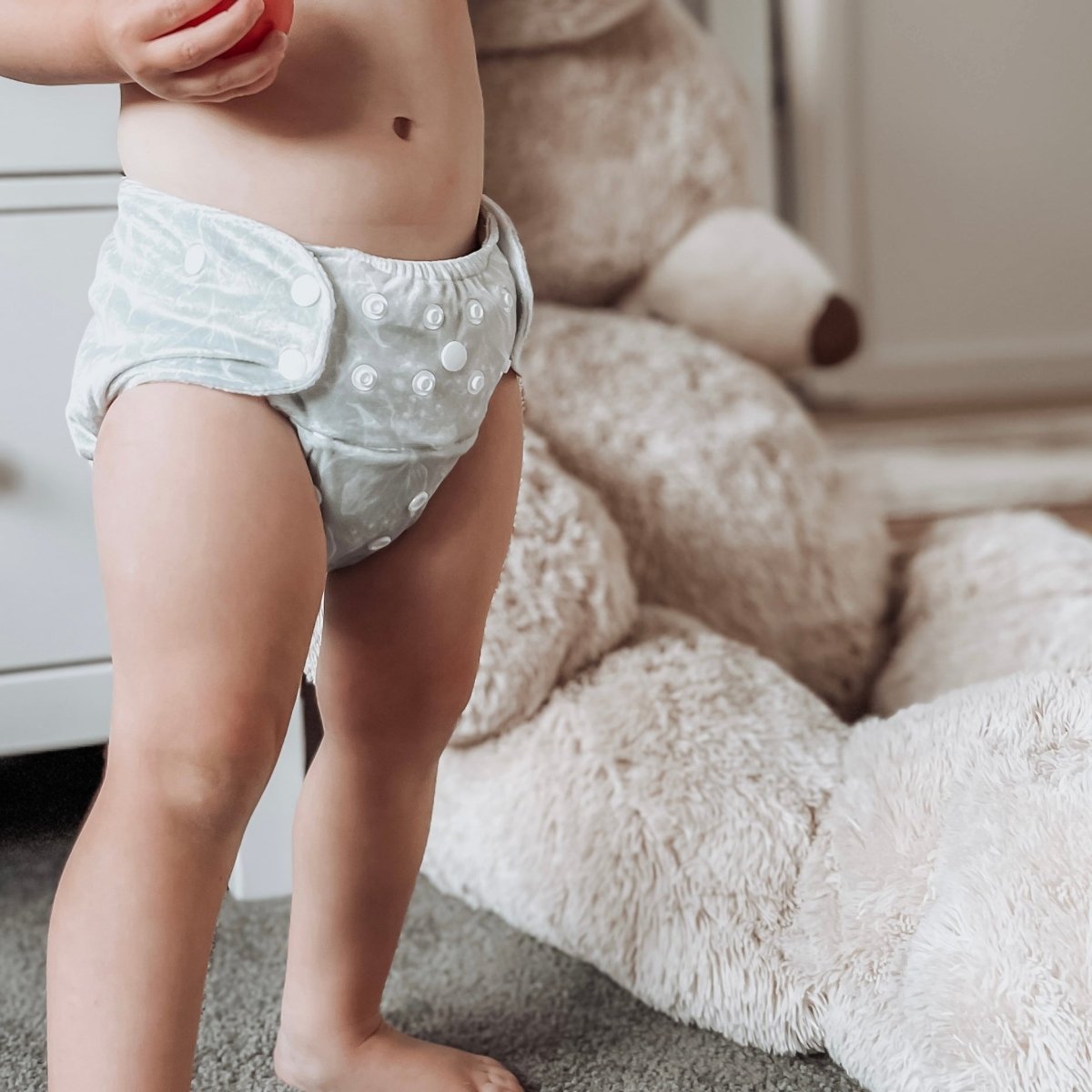
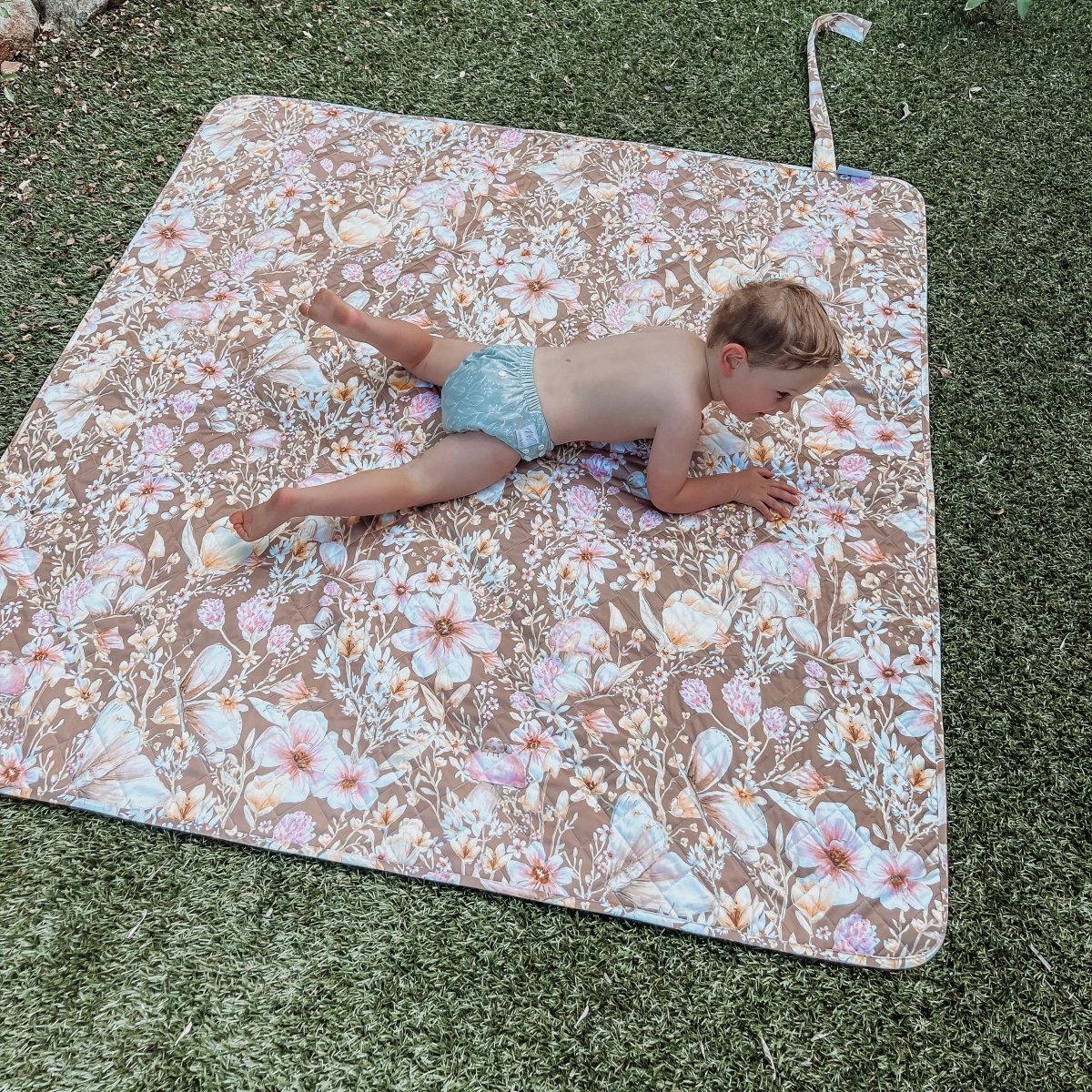
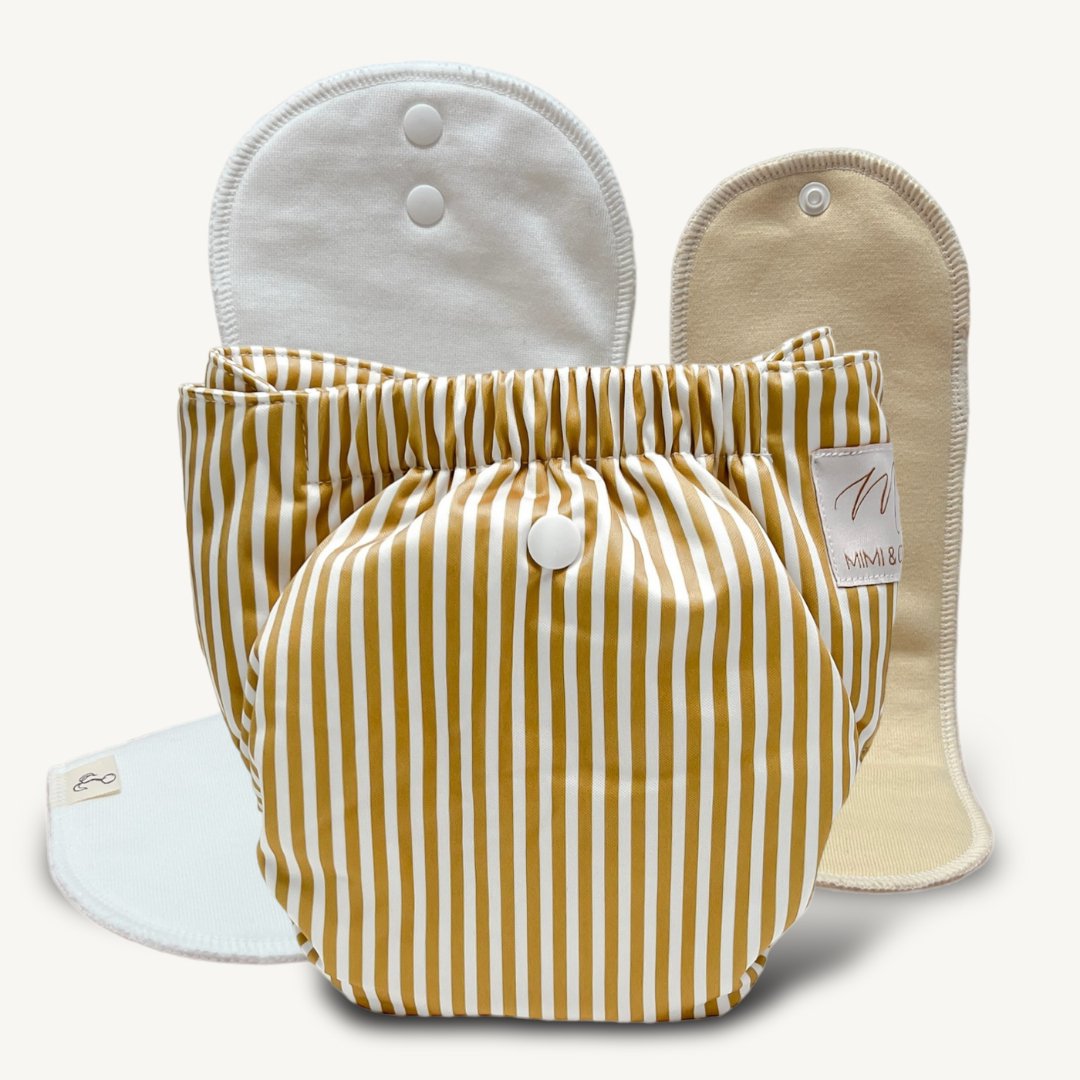




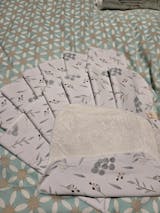
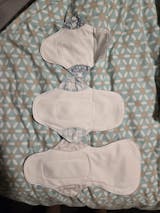
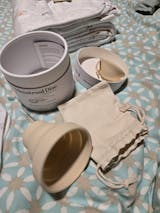
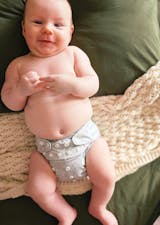
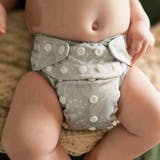
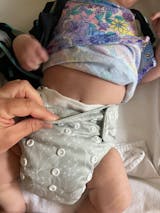
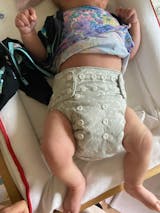
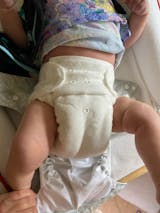
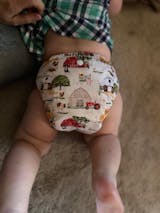

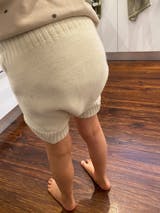

Leave a comment
All comments are moderated before being published.
This site is protected by hCaptcha and the hCaptcha Privacy Policy and Terms of Service apply.